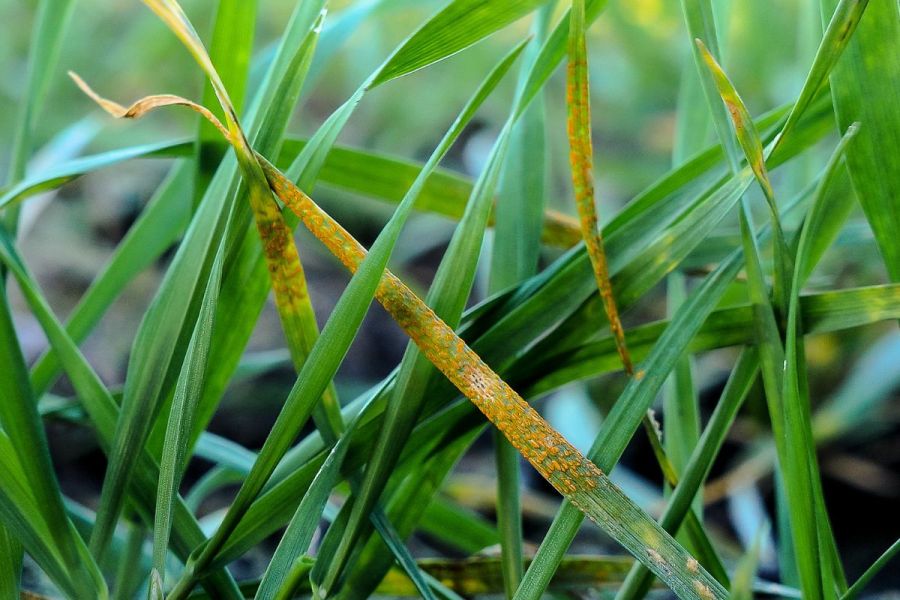This spring is turning out to be anything but typical, suggests Niab
At several UK trial sites in the North-East of England, the Niab Northern trials team, led by Hayley Rhodes, has spotted unusually high levels of yellow rust on wheat varieties that are officially rated 8 or 9 for adult plant resistance.
Head of plant pathology, Dr Kostya Kanyuka, says the UK Cereal Pathogen Virulence Survey (UKCPVS) has also already received a surge of yellow rust samples from affected varieties. The team is now working to determine whether this is the result of a new incursion of yellow rust from outside the UK, or whether it’s a locally-evolved race which has overcome previously effective resistance genes.
In general, when a wheat variety is resistant at both the seedling and adult plant stages, that resistance is typically due to what’s known as ‘all-stage resistance’ (ASR) genes, explains Kostya.
“If what we’re seeing now is the breakdown of a specific ASR gene, such as Yr15, it’s possible that adult plant resistance may also be lost.
“However, we can’t rule out the possibility that some of these varieties also carry additional adult plant resistance (APR) genes which could still kick in. Because breeders don’t routinely publish the genetic makeup of their varieties, it’s difficult to know for sure.”
Kostya points out that while it’s unclear how things will play out, there’s still reason to be optimistic. “With any luck, breeders will have stacked both ASR and APR genes into these varieties to provide more robust and lasting protection.
“The good news is that for now, this race still appears to be controlled by tebuconazole when used as an eradicant. However, the virulence of this new race, particularly the speed at which it produces successive spore generations, remains uncertain.”
He advises that as a precaution, T1 and T2 spray programmes should aim to include both eradicant and protectant properties to safeguard the canopy. Additionally, intervals between applications shouldn’t exceed the recommended 3-4 weeks to ensure maximum efficacy.
This article was taken from the latest issue of CPM. For more articles like this, subscribe here.
Sign up for Crop Production Magazine’s FREE e-newsletter here.




